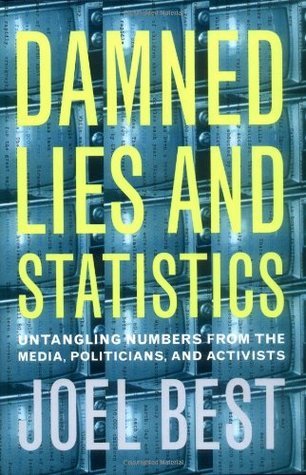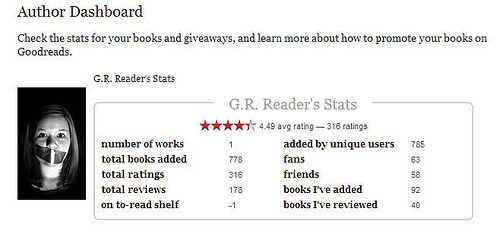What do you think?
Rate this book


190 pages, Hardcover
First published November 1, 1998


Given the number of people that said they had voted for this in the GR Choice Awards, and the number who have rated and reviewed it, I was surprised to see that the non-fiction book that came 20th had only 145 votes, and yet this wasn't listed:Like Cecily, I doubt that anything untoward happened here. But given that Goodreads have already made one careless error with the statistics for my book, wouldn't it be sensible for them to post the number of votes it got, so that everyone could tell the conspiracy theorists to go take a cold shower and calm down?
https://www.goodreads.com/choiceaward...
I guess some voted for it in the Debut Author category (20th place had more than 600 votes), but not non-fiction.